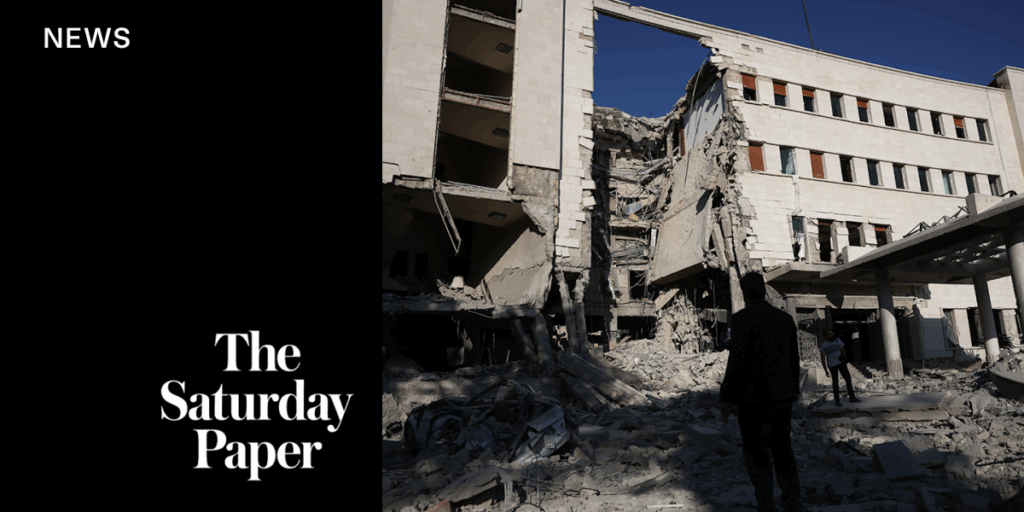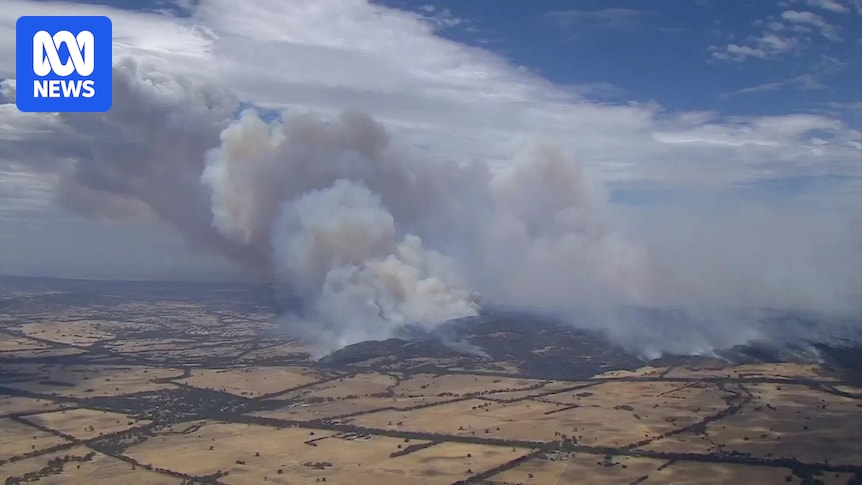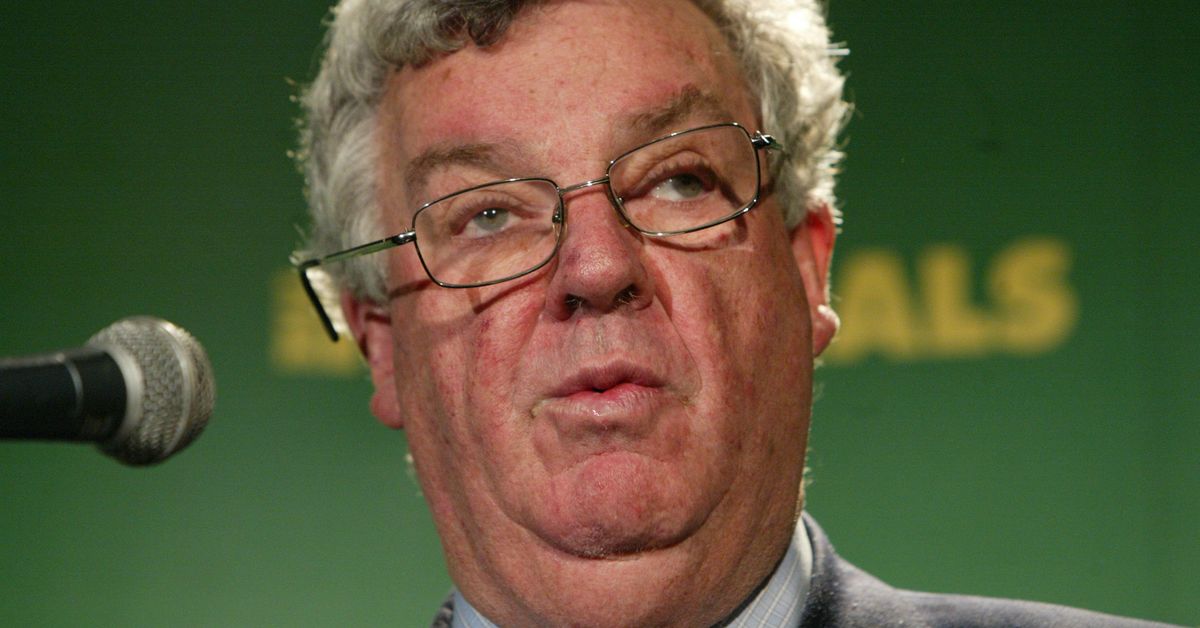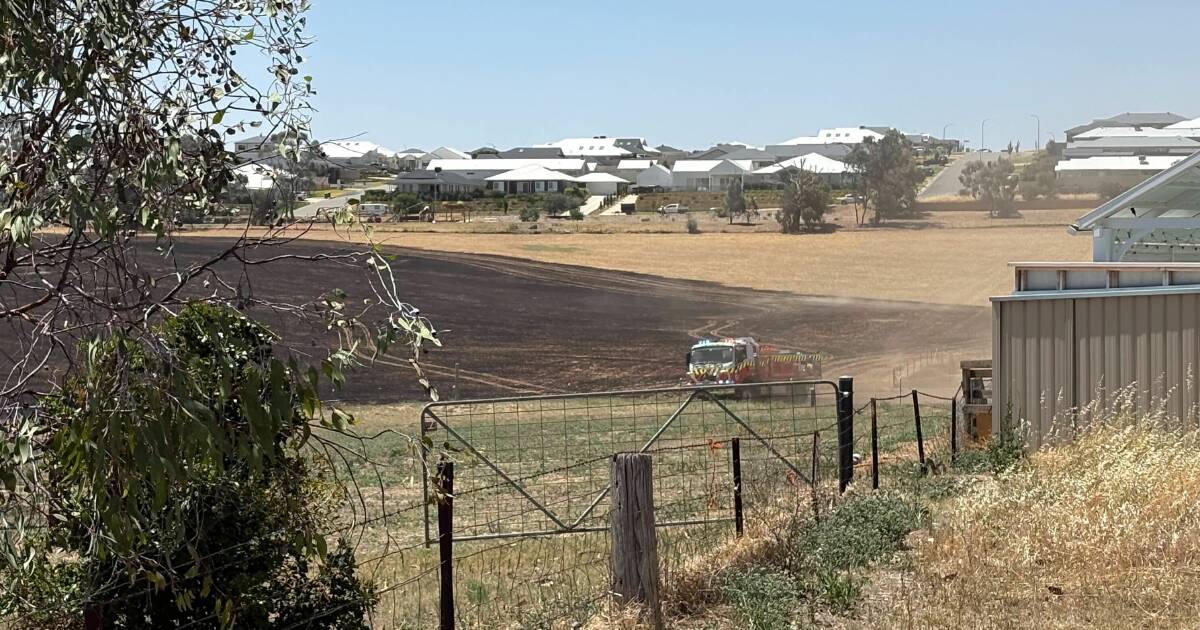
In a dramatic escalation of regional tensions, Israel launched a series of strikes on Syrian targets this week, including military installations and the defense ministry in Damascus. The strikes, conducted on Wednesday, were justified by Israeli officials as necessary to protect the Druze community in Syria, which has been embroiled in fierce clashes with Syrian forces and Bedouin fighters.
The Israeli intervention follows intense fighting in southern Syria, particularly around the Sweida region, where Sunni Bedouin tribes and Druze groups have been at odds. Reports from the Syrian Observatory for Human Rights indicate that the conflict has resulted in over 350 fatalities, comprising 79 Druze fighters, 55 civilians, 189 Syrian security personnel, and 18 Bedouin fighters.
Israel has long pledged to safeguard the Druze minority, a commitment reiterated by Prime Minister Benjamin Netanyahu, who stated, “We are working to save our Druze brothers and to eliminate the regime’s gangs.”
Ceasefire and International Mediation
In the aftermath of the Israeli strikes, a ceasefire was announced by Syrian officials and Druze leaders, which includes the withdrawal of Syrian forces from the contested southern region. This diplomatic breakthrough reportedly involved mediation efforts by the United States, which recently lifted sanctions on Syria.
Syria’s interim president, Ahmed al-Sharaa, who played a pivotal role in the ceasefire talks, emphasized his commitment to the Druze community, stating, “We have put the interests of the Syrians before chaos and destruction.”
Meanwhile, separate negotiations between Israel and Hamas over a potential 60-day ceasefire in Gaza have hit a stumbling block, as disputes over territorial control remain unresolved. This comes amid an expanded Israeli military offensive in Gaza, which resulted in 61 casualties on Tuesday alone, according to local sources.
Regional Impact and Historical Context
The conflict in Syria and the recent Israeli strikes are part of a broader geopolitical struggle involving multiple regional and international players. Historically, the Druze community has found itself in a precarious position, often caught between larger powers vying for control in the region.
Israel’s involvement underscores its strategic interest in maintaining a buffer zone against hostile entities near its borders. The Druze, who have historically maintained a degree of autonomy and neutrality, are seen as a stabilizing force in the volatile region.
According to regional experts, the situation in Syria is further complicated by the ongoing civil war, which has seen various factions, including remnants of the Assad regime and Islamist groups, vying for dominance.
Global Reactions and Future Implications
The international community has reacted with a mixture of concern and cautious optimism. The United States’ role in facilitating the ceasefire is viewed as a positive step, though the situation remains fragile. President Donald Trump, who has been vocal about his desire for peace in the region, hinted at “good news about Gaza,” though specifics remain undisclosed.
Looking forward, the ceasefire’s sustainability will depend on the commitment of all parties to honor the agreement and the ability of international mediators to address underlying grievances. The potential for renewed violence remains high, particularly if external actors continue to pursue their strategic interests at the expense of regional stability.
The developments in Syria, alongside ongoing tensions in Gaza, highlight the complex interplay of local and international dynamics in the Middle East. As the situation evolves, the international community will need to navigate these challenges with a nuanced understanding of the region’s historical and cultural intricacies.







